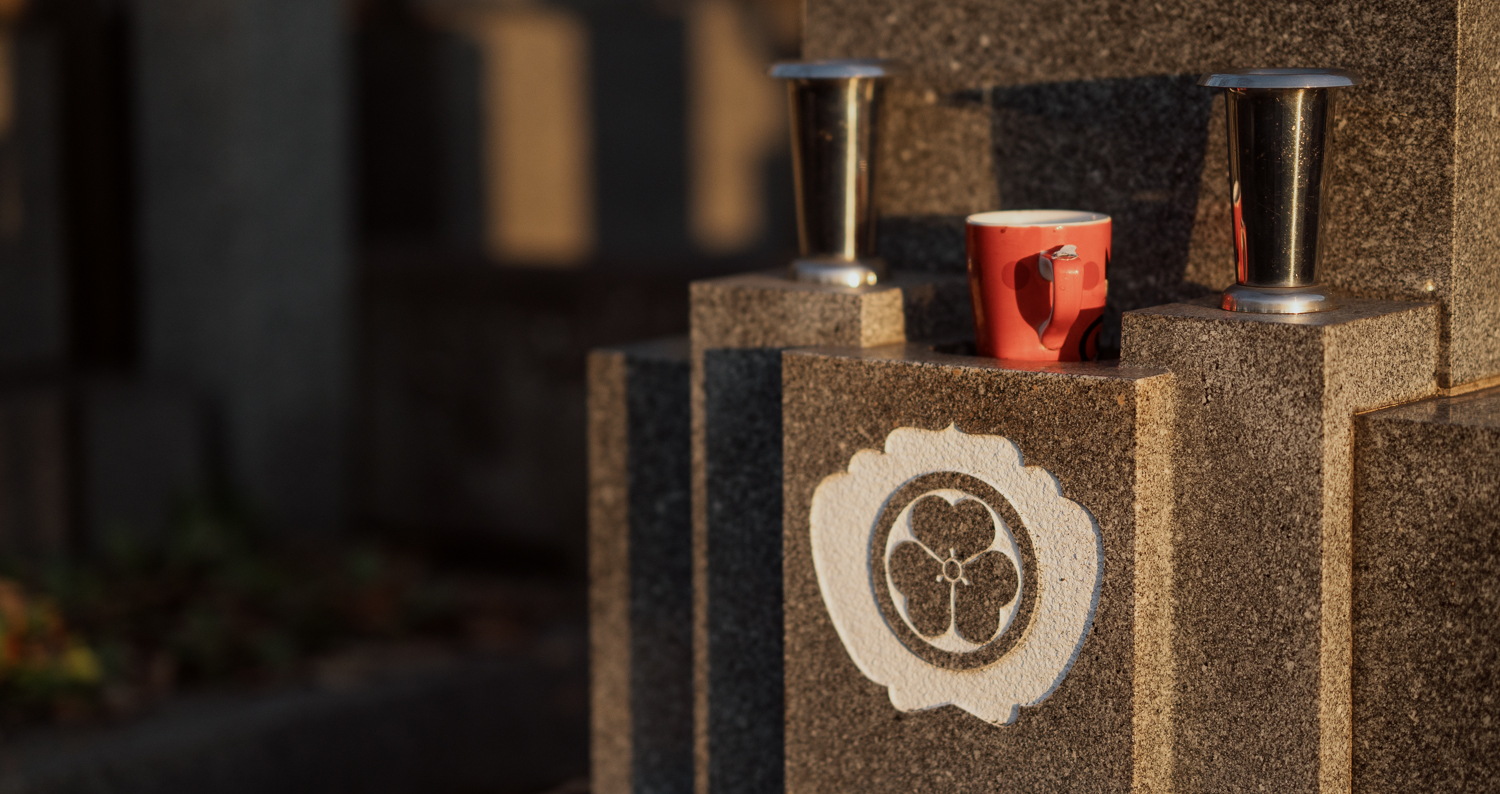Broken pottery pieces in Japan, instead of being thrown away, can be put back together with gold resin. This is an art called kintsugi. Experts tell us that there are eleven different ways an item of pottery can break. A kintsugi artisan is able to distinguish between them and knows how to bring beauty out of each one.
A Christian Japanese artist once described God as the master kintsugi artist. God searches for the brokenness in our lives and has the power to bring beauty out of it. There are many redemptive analogies in Japanese culture that point to God and can be used to help explain the gospel.1
However, for many Japanese believers, culture often feels like something that pulls them away from God rather than pointing to him, or is just confusing to think about. Shrines and temples feature in festivals and holidays, significant life events, and school field trips. On Sundays children and adults have to choose between church and mandatory sports practices or company outings. Some Christians face conflict within their families regarding religious traditions and expectations, such as ancestor veneration. Godly discernment is needed on a daily basis.
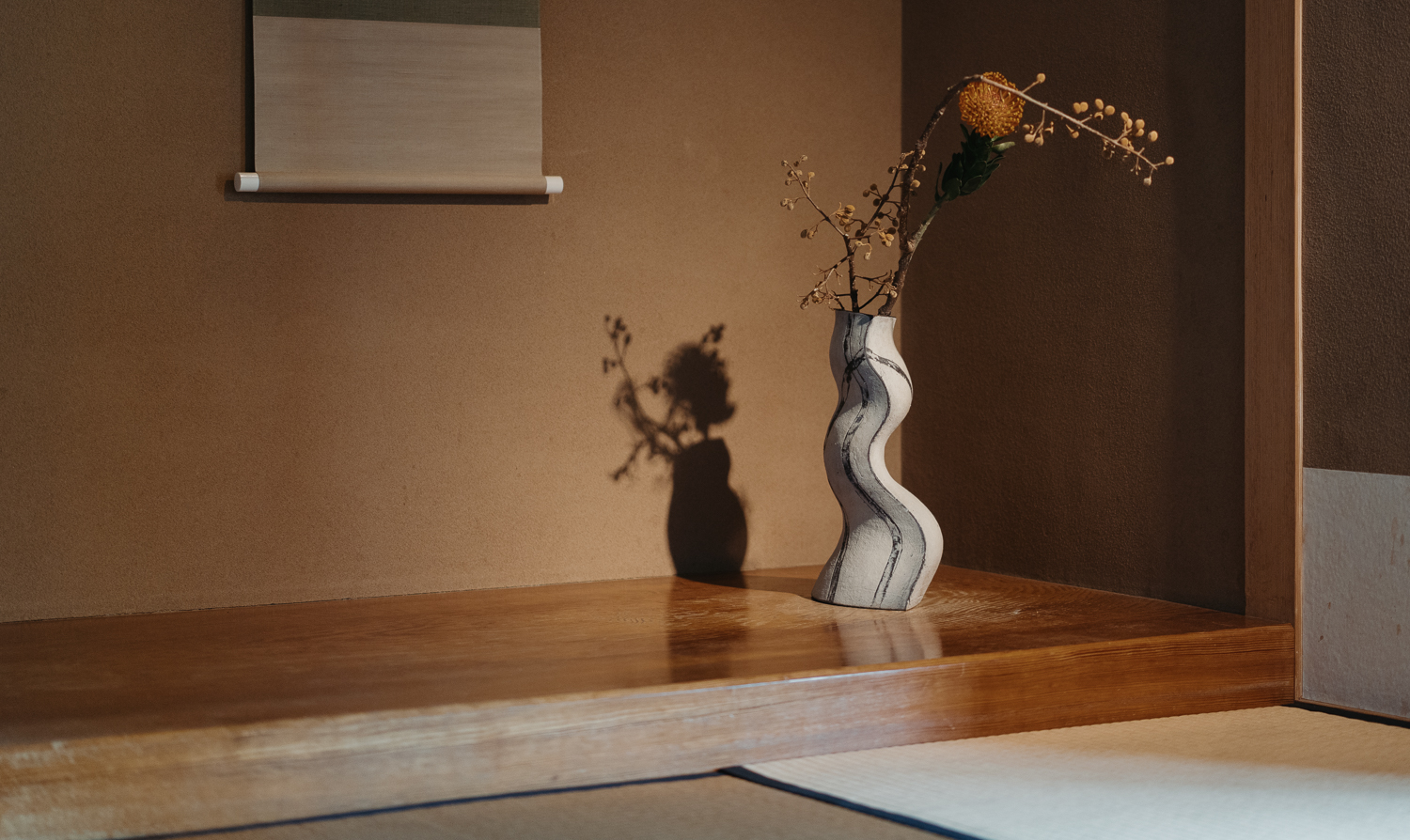
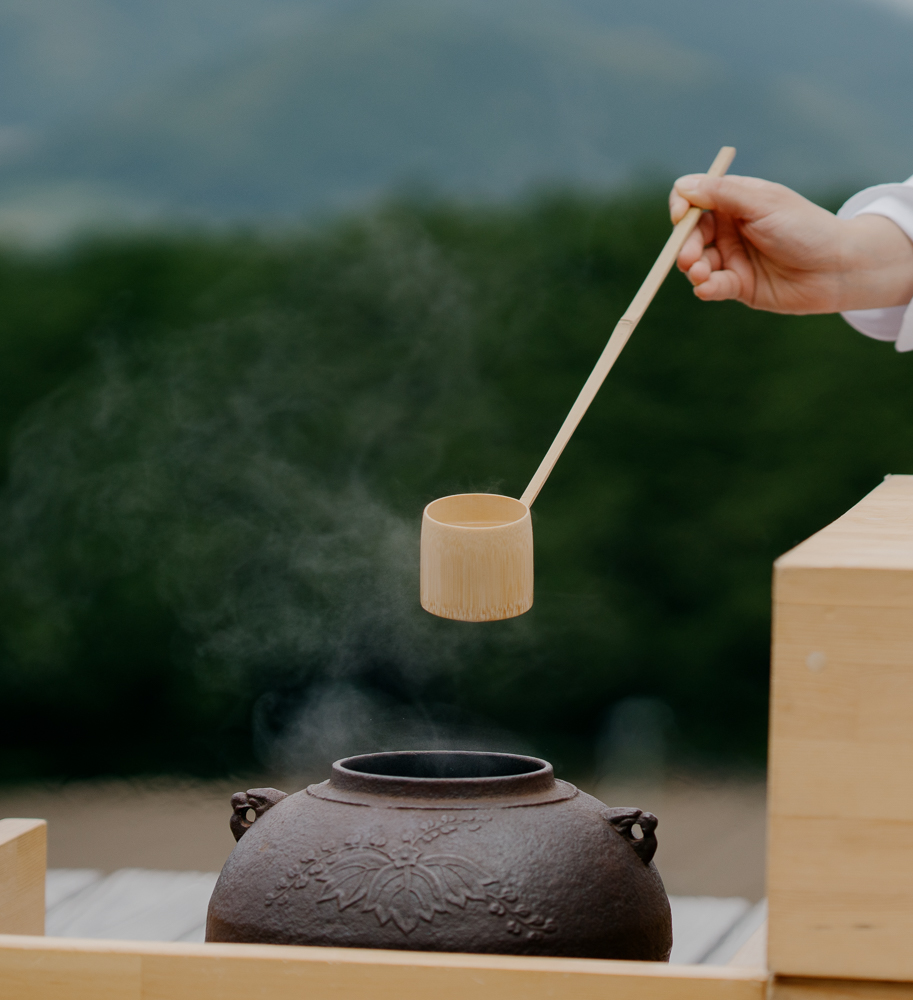
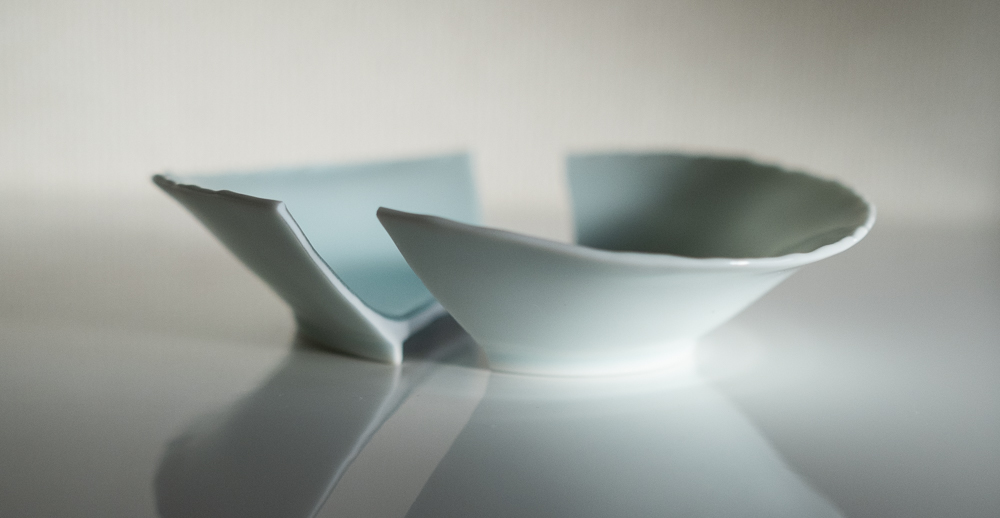


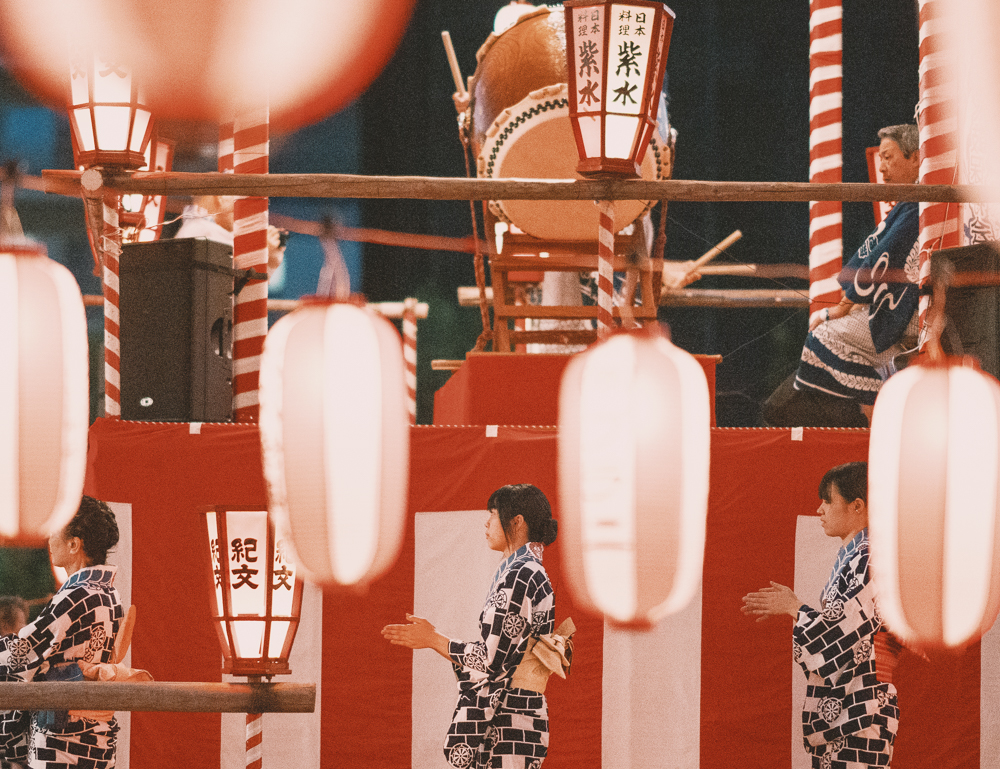
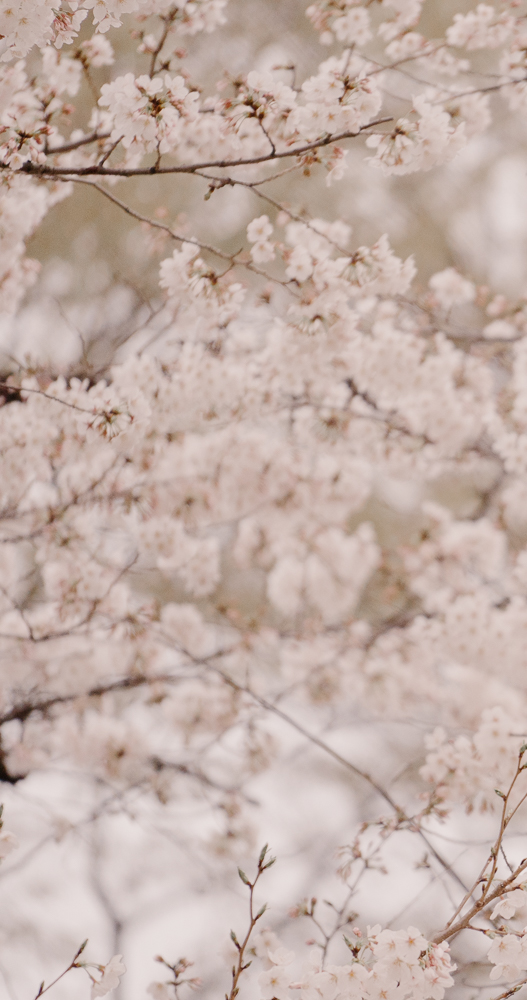
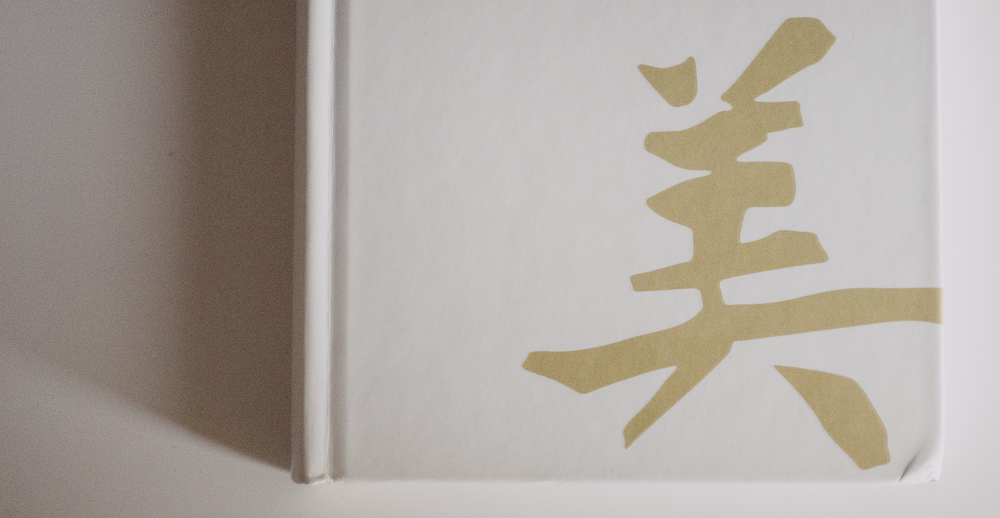
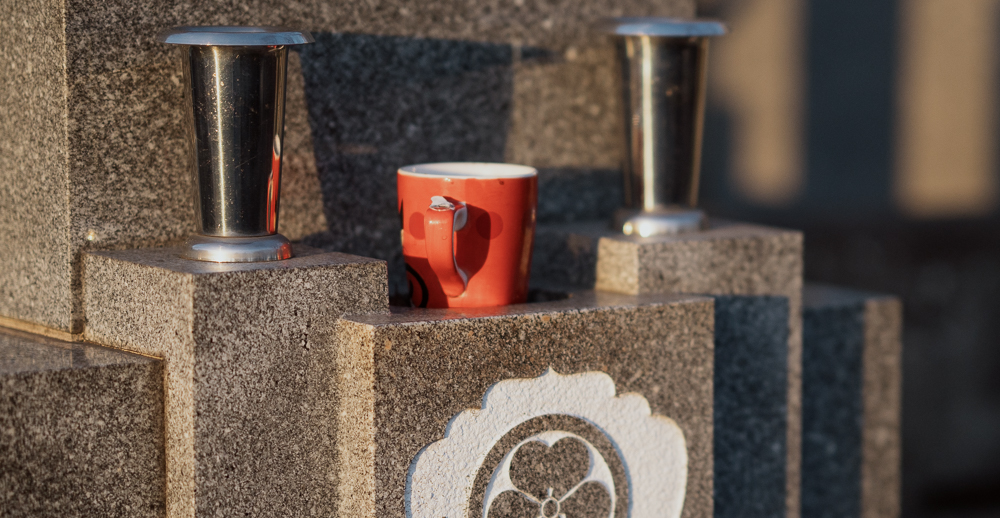
![<span style="color: rgb(0, 0, 0);">Tears and holes in traditional paper (</span><em style="color: rgb(0, 0, 0);">shoji</em><span style="color: rgb(0, 0, 0);">)</span><em style="color: rgb(0, 0, 0);"> </em><span style="color: rgb(0, 0, 0);">doors are often patched-up rather than being thrown out. "Rather than plain rectangular pieces, [paper patches] are sometimes cut into the shape of flowers or other pretty objects. In this way, </span><em style="color: rgb(0, 0, 0);">shoji </em><span style="color: rgb(0, 0, 0);">repair becomes a deliberate act of making beauty in torn places" (Lowther 2019, 18).</span>](https://d3rljda0pe0qw5.cloudfront.net/uploads/TP03-Mosaic-09.jpg)
